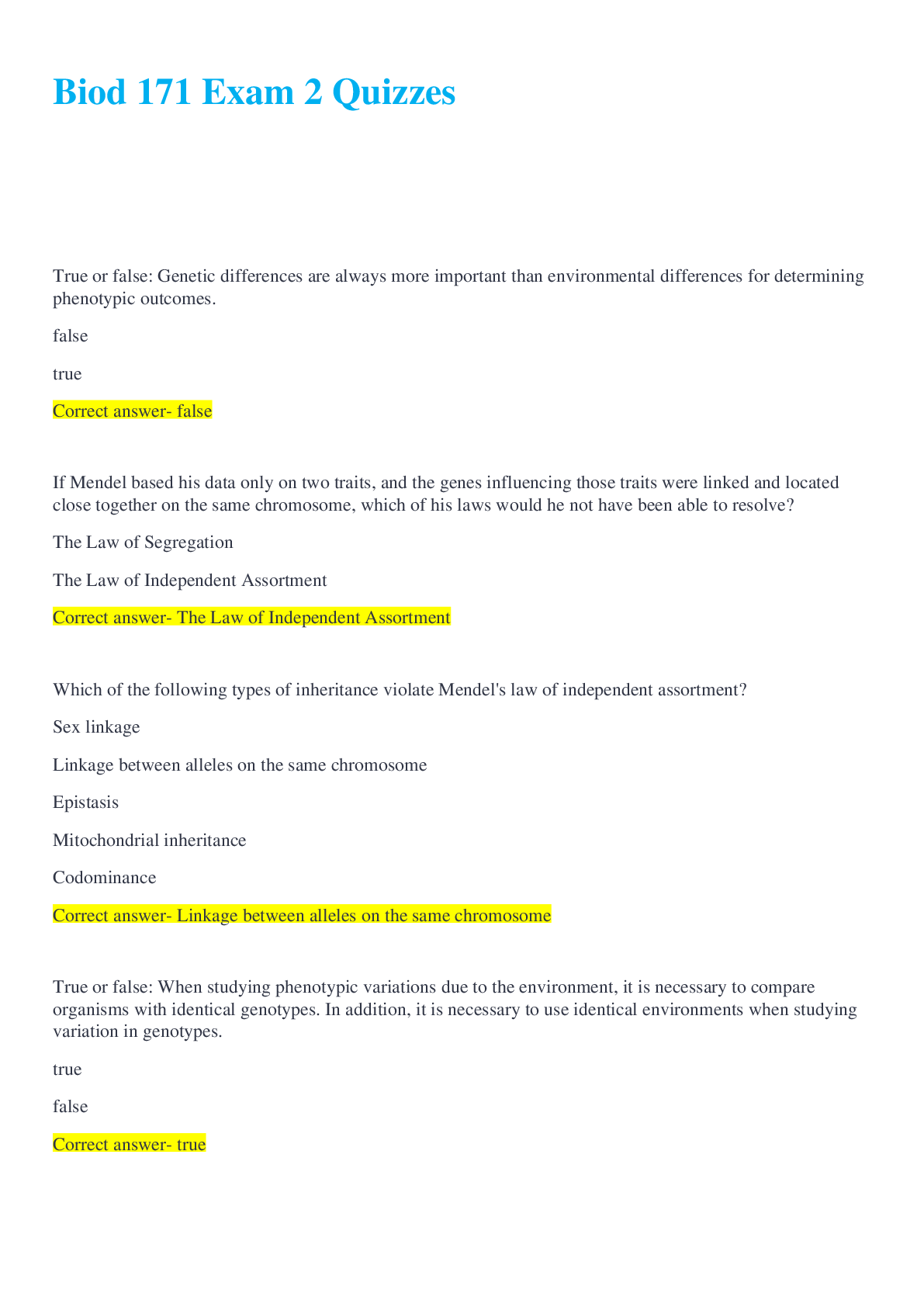*NURSING > QUESTIONS & ANSWERS > Nclex-testbank - Nclex test bank practice material(NURSING 2022 (All)
Nclex-testbank - Nclex test bank practice material(NURSING 2022
Document Content and Description Below
Nclex-testbank - Nclex test bank practice material(NURSING 2022 CHAPTER 1 1.1 A clien... t is being discharged and needs instructions on wound care.When planning to teach the client, the nurse should: a. identify the client’s learning needs and learning ability. b. identify the client’s learning needs and advise him what to do. c. identify the client’s problems and make the appropriate referral. d. provide pamphlets or videotapes for ongoing learning. Answer: a Rationale: To provide the most appropriate teaching, the nurse first needs to identify what the client needs to know and determine the client’s educational level and learning ability. Comprehension Implementation Health Promotion: Prevention and/or Early Detection of Health Problems 1.2 A client is requesting a second opinion. The nurse who supports and promotes the client’s rights is acting as the client’s: a. teacher. b. adviser. c. supporter. d. advocate. Answer: d Rationale: The nurse’s role as client advocate involves actively promoting clients’ rights to make decisions and choices. Comprehension Assessment Safe, Effective Care Environment: Coordinated Care Health Promotion: Prevention and/or Early Detection of Health Problems 1.3 The client tells the nurse she has been smoking one pack of cigarettes a day for the past 20 years. The nurse recognizes this is what part of the nursing process? a. assessment b. planning c. implementation d. evaluation Answer: a Rationale: Data collection occurs during the assessment phase; the information can be obtained during the initial assessment as well as during ongoing assessment. Knowledge Assessment Health Promotion: Prevention and/or Early Detection of Health Problems 1.4 During the assessment step of the nursing process, the nurse collects subjective and objective data. The nurse uses the information to identify: a. medical diagnoses. b. actual or potential problems. c. client’s response to illness. d. need for community support groups. Answer: b Rationale: Information obtained during the assessment step is used in planning and implementing nursing care, based on the problems identified from the assessment data. Analysis Planning Health Promotion: Prevention and/or Early Detection of Health Problem 1.5 The nurse performs daily, routine equipment checks to detect possible malfunction. This is part of the nurse’s role in the: a. nursing process. b. quality assurance plan. c. care management. d. assessment plan. Answer: b Rationale: Quality of care is evaluated through documentation reviews, interviews and surveys, observation and equipment checks. Application Implementation Health Promotion: Prevention and/or Early Detection of Health Problems 1.6 The nurse is developing a nursing diagnosis for a client who has pneumonia. The nurse recognizes the diagnosis describes an actual or potential problem that: a. the nurse can treat independently. Answer: a Rationale: Nursing diagnoses reflect client problems that the nurse can treat independently. Application Planning Safe, Effective Care Environment: Coordinated Care 398 NCLEX-PN® Test Bank b. the nurse can treat with a physician’s order. c. requires physician’s intervention. d. relates to the clients’ primary diagnosis. 1.7 After administering pain medication, the nurse returns to check the client’s level of comfort. This stage of the nursing process is known as: a. assessment. b. planning. c. implementation. d. evaluation. Answer: d Rationale: In the evaluation step the nurse determines if the interventions were effective. Analysis/Diagnosis Evaluation Safe, Effective Care Environment: Coordinated Care 1.8 A client has lost 10 pounds related to nausea and vomiting. The nurse identifies an appropriate expected outcome: The client will: a. gain weight. b. gain 2 pounds within 1 week. c. not lose weight. d. gain 10 pounds in 2 days. Answer: b Rationale: Expected outcomes should reflect a goal that is client centered, realistic, and measurable. Answers a and c are not measurable; d is not realistic. Analysis/Diagnosis Planning Physiological Integrity: Physiological Adaptation 1.9 A problem-solving process that requires empathy, knowledge, divergent thinking, discipline, and creativity is known as: a. critical thinking. b. nursing process. c. framework for nurses. d. care management. Answer: a Rationale: Critical thinking involves self-directed thinking, combining the nurse’s cognitive skills as well as attitude, experience, empathy, and discipline. Comprehension Analysis/Diagnosis Safe, Effective Care Environment: Coordinated Care [Show More]
Last updated: 1 year ago
Preview 1 out of 7 pages
Instant download

Buy this document to get the full access instantly
Instant Download Access after purchase
Add to cartInstant download
Reviews( 0 )
Document information
Connected school, study & course
About the document
Uploaded On
Sep 04, 2022
Number of pages
7
Written in
Additional information
This document has been written for:
Uploaded
Sep 04, 2022
Downloads
0
Views
26

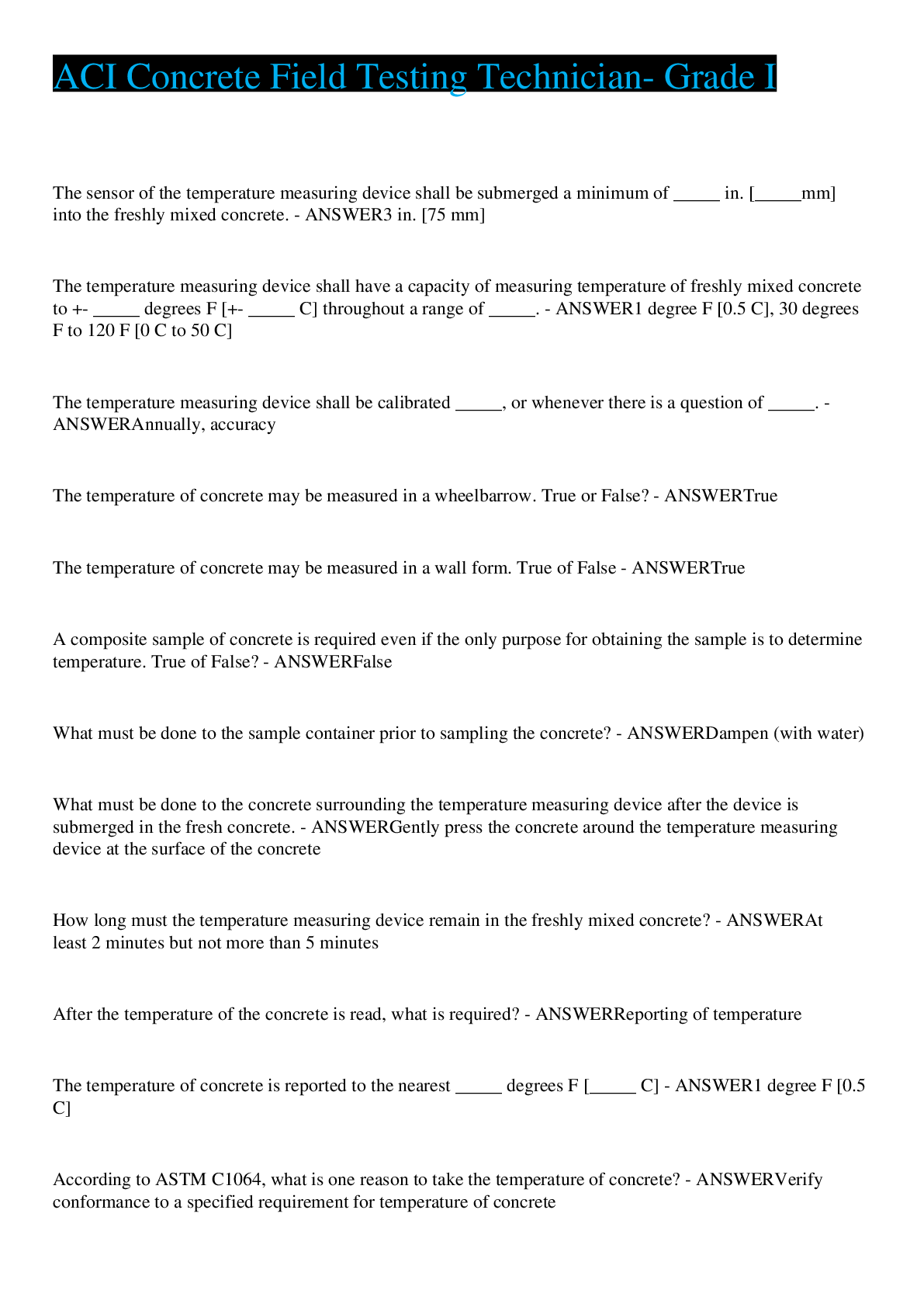

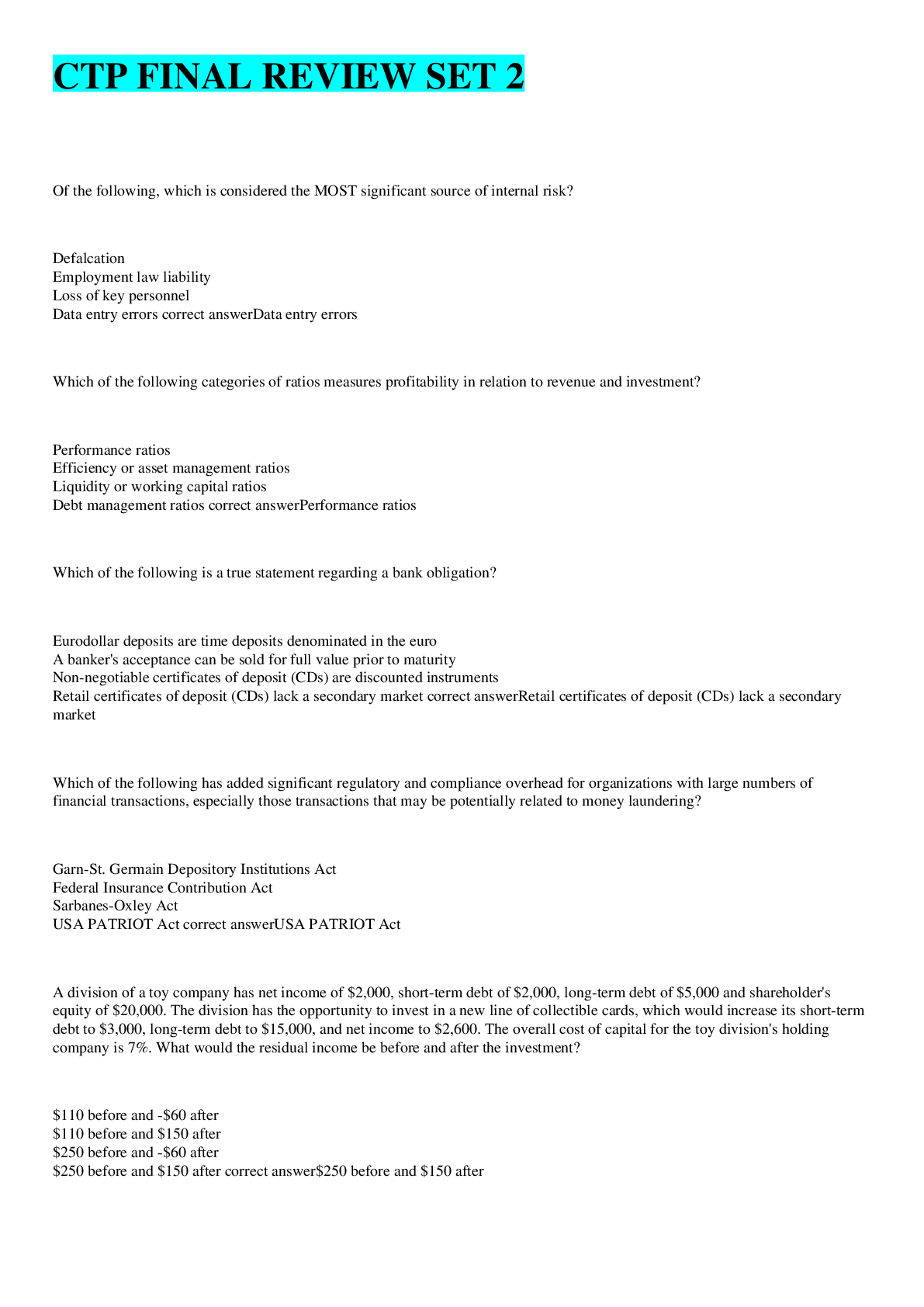
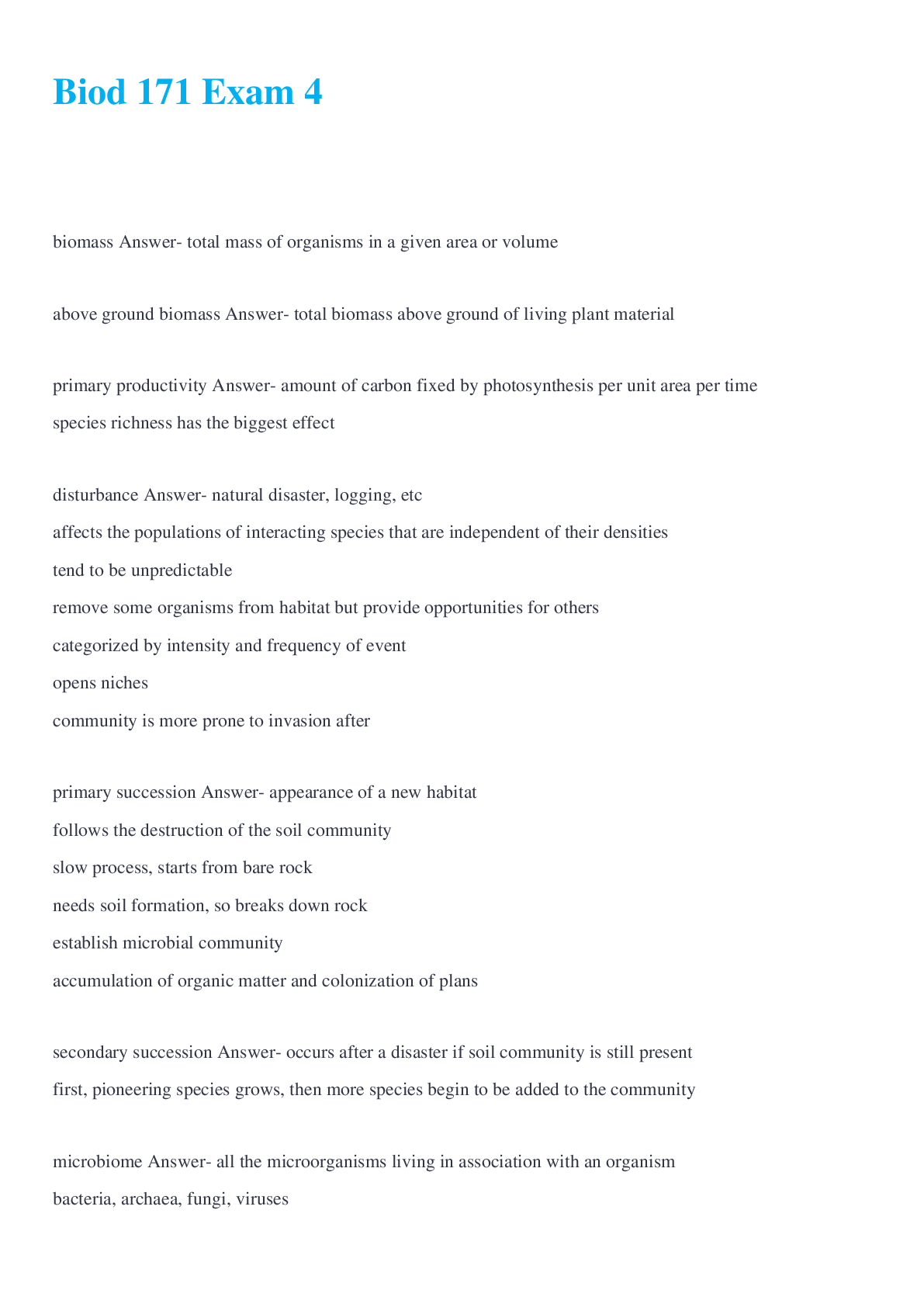
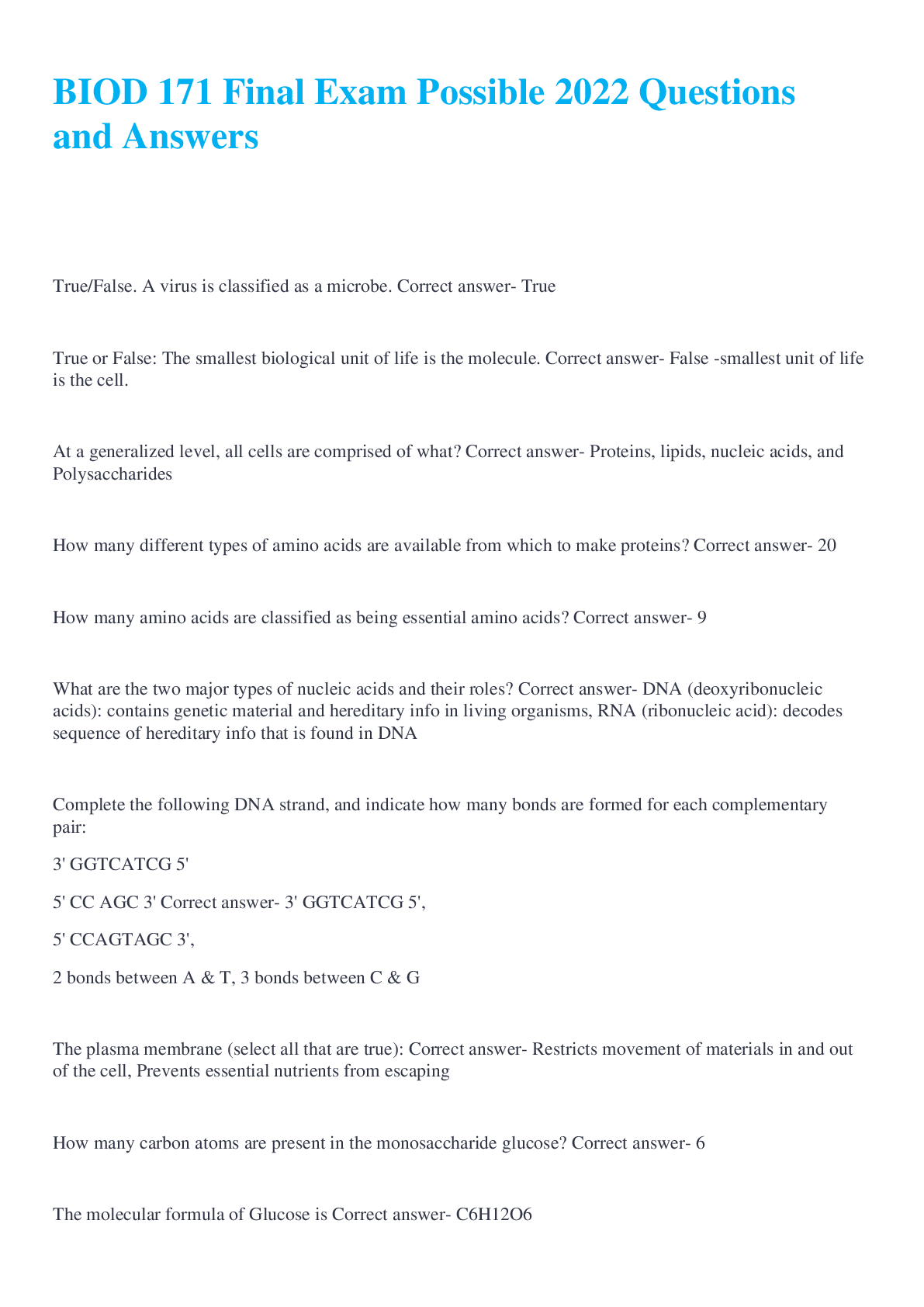
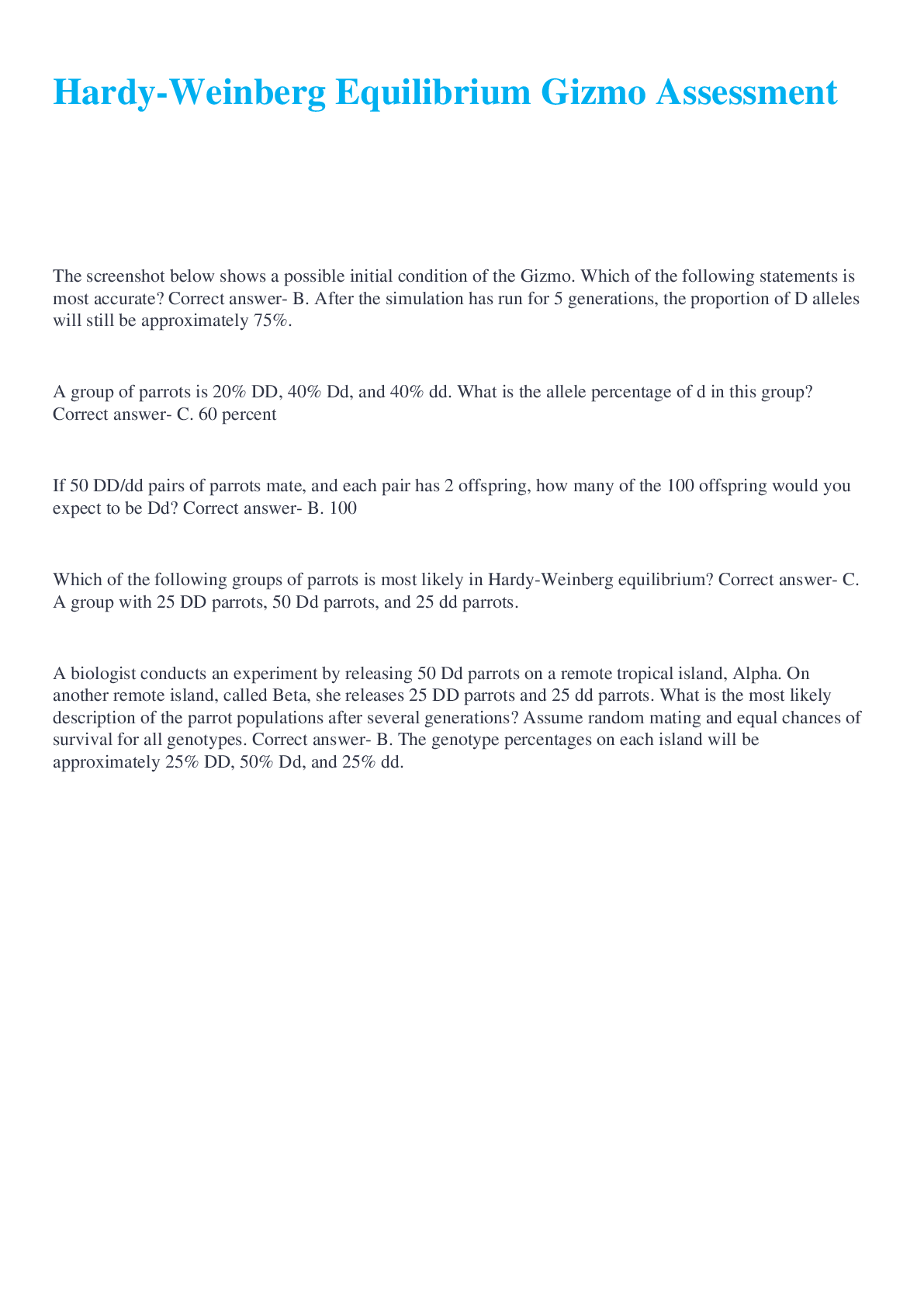
.png)
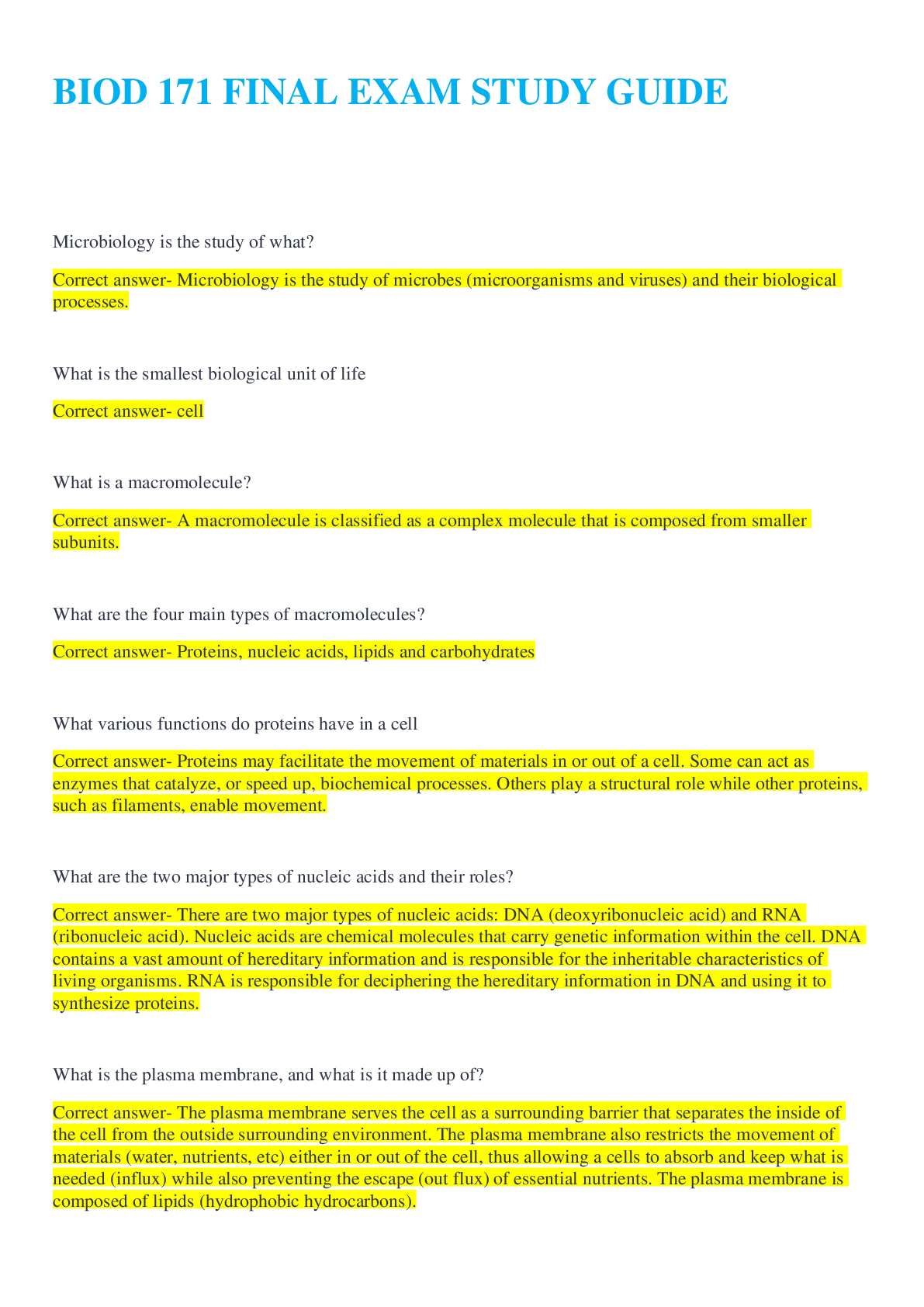
.png)

